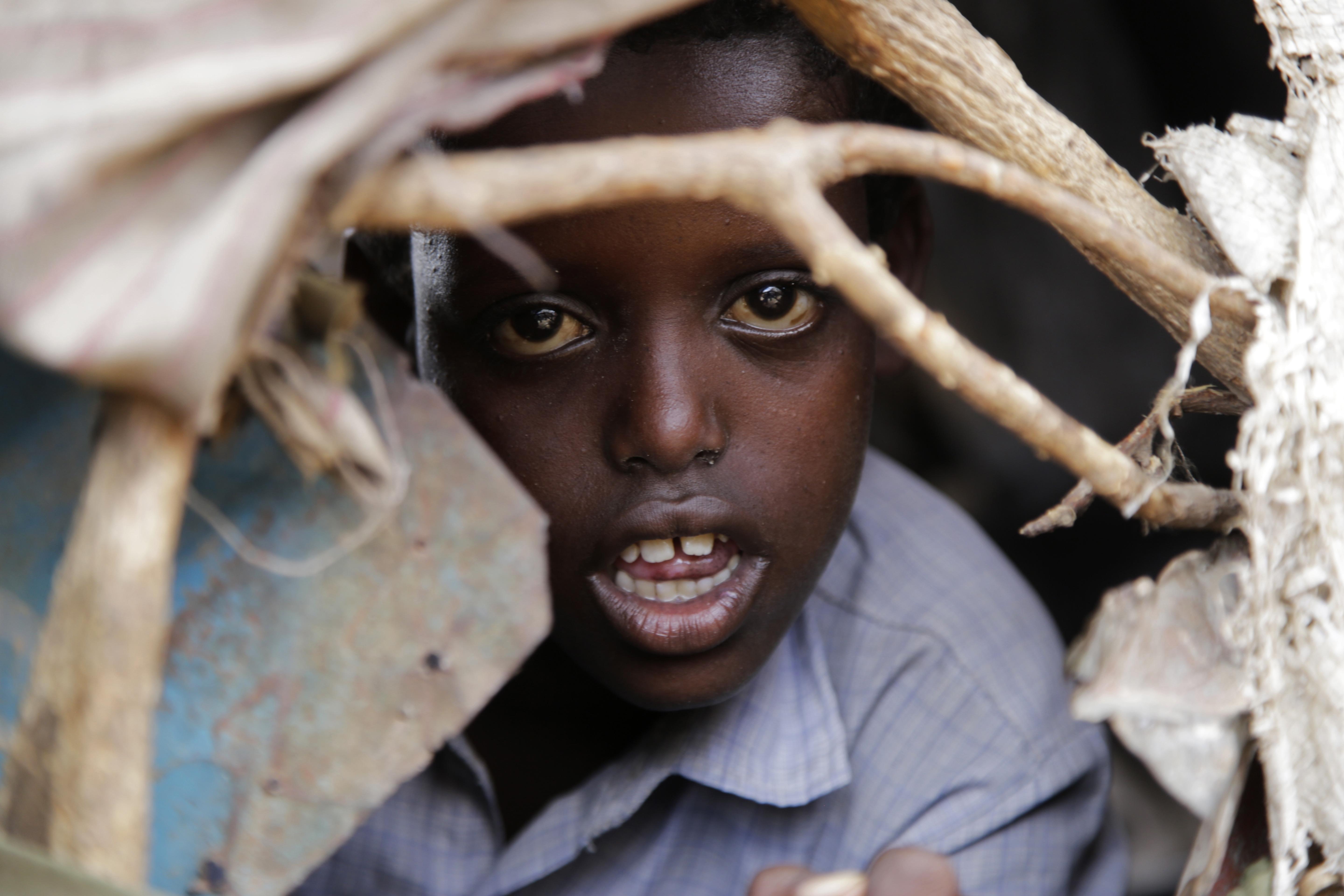 Adan Abdi Osman, who fled with his family amid drought, looks through a makeshift tent where they now live at a camp for displaced people, on the outskirts of Mogadishu, Somalia, Sept, 28, 2023. (PHOTO / AP)
Adan Abdi Osman, who fled with his family amid drought, looks through a makeshift tent where they now live at a camp for displaced people, on the outskirts of Mogadishu, Somalia, Sept, 28, 2023. (PHOTO / AP)
MOGADISHU - Floods caused by heavy rains across parts of Somalia have displaced more than 113,000 people and "temporarily affected" hundreds of thousands, the UN Office for the Coordination of Humanitarian Affairs (UNOCHA) said on Monday.
The rain comes a year after the Horn of Africa nation suffered its worst drought in four decades, which combined with violence and a rise in food prices caused by the conflict in Ukraine killed as many as 43,000 people, according to the UN.
The current October-December rainfall season has seen intense downpours in Puntland, Galmudug, South West, Hirshabelle states and in areas along the Juba river in Jubbaland State, OCHA said, driven by El Nino
The current October-December rainfall season has seen intense downpours in Puntland, Galmudug, South West, Hirshabelle states and in areas along the Juba river in Jubbaland State, OCHA said, driven by El Nino.
El Nino is a natural climate phenomenon in which surface waters of the central and eastern Pacific become unusually warm and cause changes in weather patterns around the world.
"Over 706,100 people have been temporarily affected, with over 113,690 people temporarily displaced from their homes across the country," the office said in its latest update.
ALSO READ: UNICEF: El Nino may displace over 650,000
In the Luuq area of southwest Gedo region, some 2,400 people were trapped by floods, the agency said, adding that steps were being taken to rescue them.
Another 14,000 families had been cut off from the main town in Baardhere, OCHA said.
READ MORE: Famine still stalks Somalia
Earlier this year, floods pushed a quarter of a million people from their homes after the Shabelle river in central Somalia broke its banks and submerged the town of Beledweyne. Aid agencies and scientists have warned climate change is among the key factors accelerating humanitarian emergencies, while those impacted are some of the least responsible for C02 emissions.


